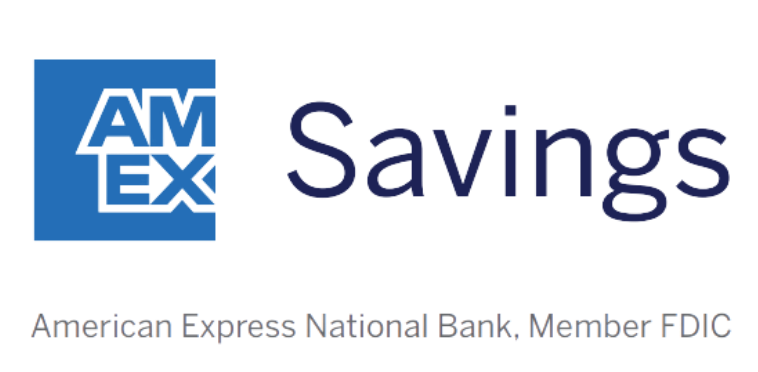As of this writing, the Fed is expected to cut the federal funds rate by 25 basis points (0.25%) at its next meeting on Sept. 18, 2024. The Fed rate cut is good news for borrowers and businesses, but it can be bad news for anyone who has a savings account.
Let’s look at who stands to lose money from a Fed interest rate cut — and how much lower interest rates can hurt your savings.
What happens to savings account APYs after Fed rate cuts
Savings account APYs are not fixed. The interest you earn on a savings account can go up or down at any time with Fed interest rate changes, or just based on the decisions of banks.
The best savings accounts tend to offer APYs that are slightly below the federal funds rate, which (before the expected Sept. 18, 2024 rate cut) was 5.25%-5.50%. That’s why we’ve recently seen some of the best savings accounts offering 5.00% APY (or higher).
Our Picks for the Best High-Yield Savings Accounts of 2024
|
Capital One 360 Performance Savings 
APY 4.25%
|
APY 4.25%
|
Min. to earn $0 |
|
American Express® High Yield Savings 
APY 4.25%
|
APY 4.25%
|
Min. to earn $0 |
|
Discover® Online Savings 
|
Min. to earn $0 |
Prediction: When the Fed cuts interest rates in September 2024, those APYs are going to get lower. A 0.25% rate cut likely means that the best savings accounts will only offer about 4.75% APY. A few banks and credit unions still might pay 5.00% APY after the Fed rate cut, but most will probably drop below 5%.
How lower interest rates decrease your savings yield
A Fed interest rate cut does not reduce the amount of money deposited in your savings account. But lower interest rates will affect how much yield your savings account earns. An interest rate cut of 0.25% means every $1,000 in your savings account will earn $2.50 less per year, or about $0.21 less per month.
Let’s look at a few examples of how much the best savings accounts might earn in one year, before and after a 0.25% Fed rate cut:
| Balance | Yield at 5.00% APY | Yield at 4.75% APY | Difference |
|---|---|---|---|
| $1,000 | $50 | $47.50 | $2.50 |
| $5,000 | $250 | $237.50 | $12.50 |
| $10,000 | $500 | $475 | $25 |
| $20,000 | $1,000 | $950 | $50 |
Data source: Author’s calculations.
Unless you have a lot of cash sitting in a savings account, you’re probably not going to notice a big change after one Fed interest rate cut. But if the Fed keeps cutting interest rates later in 2024 and into 2025, savings account APYs could go down even more — perhaps by 0.75%-1.00%.
What to do with your savings account after a Fed interest rate cut
Earning lower yield on your savings doesn’t feel great, especially if you’ve gotten used to the best high-yield savings account rates of 5.00% or more. But many Americans are likely to benefit from Fed rate cuts in other ways — like lower interest rates on loans, lower mortgage rates, and (hopefully) a more prosperous economy with more jobs being created.
Don’t make any hasty moves with your savings account based on Fed interest rate cuts. Keep your money in the bank and leave it alone, even if it’s earning a 0.25% lower yield. Unless you have lots of cash (like hundreds of thousands of dollars) or you’re a retiree who needs to earn interest to help pay for your current living expenses, most Americans’ financial lives won’t be heavily affected by a 0.25% rate cut on savings accounts.
If the money in your savings account is your emergency fund, or if you’re saving for a specific short-term goal (less than two or three years away), you should probably just leave that money in the bank — even if it earns a slightly lower yield after Fed rate cuts.
Bottom line
Fed interest rate cuts are probably not going to make it worth moving your savings account cash to a CD or putting more of your money into stocks. Unless you have lots of cash, it’s best to keep your emergency savings in a savings account — and keep saving more cash (along with saving for retirement) if you do not already have enough of an emergency fund to feel financially secure.
